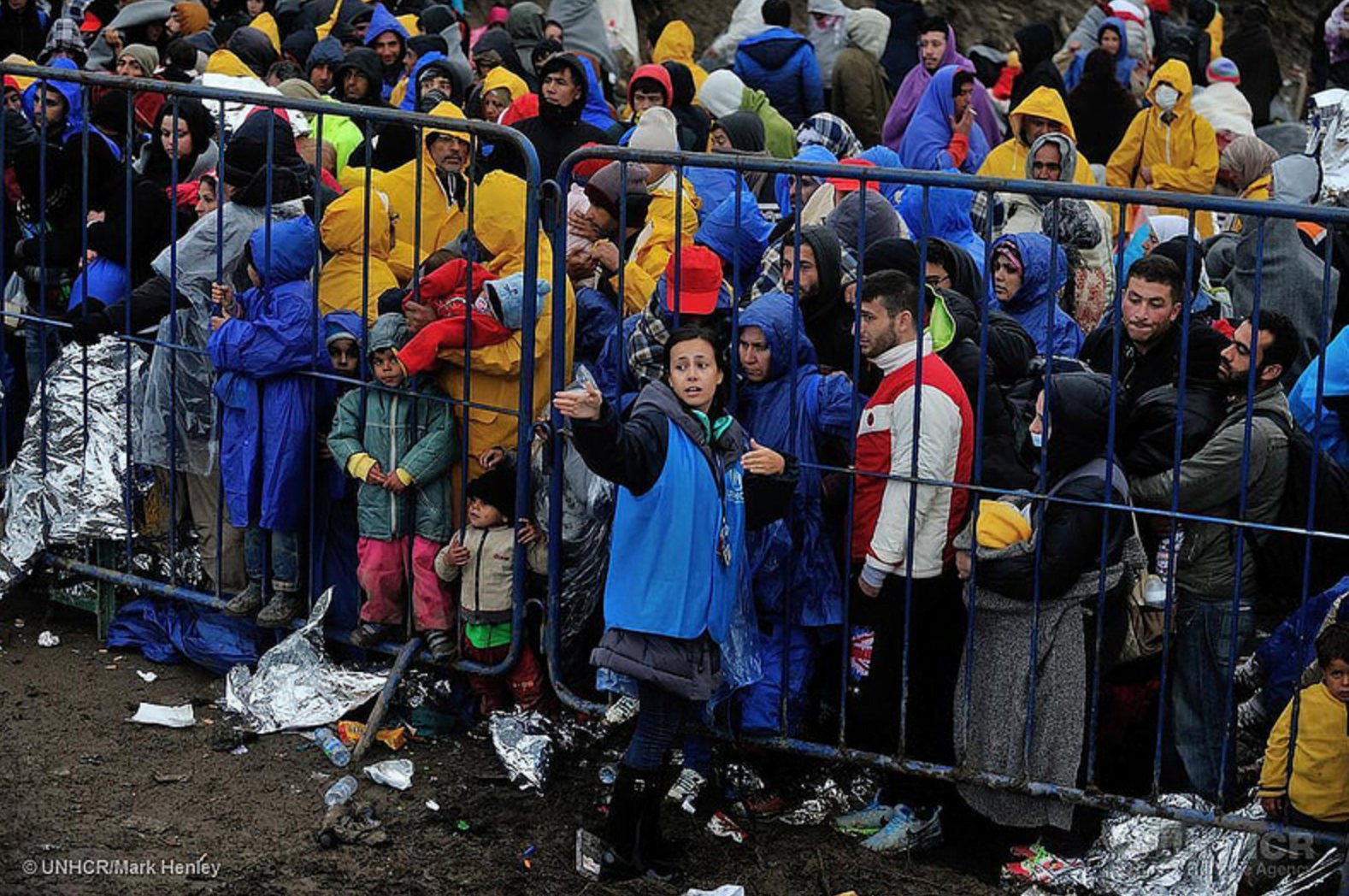The recent attacks in Paris, heightened security alerts, and arrests over potential terrorist New Year’s Eve plots in Brussels and Istanbul have once again brought the global refugee crisis to the forefront of the political debate in Europe and the USA. But while the debate over what to do focuses heavily on the plight of Syrian refugees, in truth the issue of refugees from Syria and Iraq are just one symptom of a much larger problem.
The decades old system of international laws and agreements intended to facilitate the safe and dignified processing of refugees is now clearly broken. Unless the international community substantially updates these policies to reflect the realities of this 21st century refugee crisis, the old system is bound to fold under the pressure.
The current legal framework for refugees stems from the U.N. Refugee Convention of 1951 where European refugees following World War II needed placement. Then in 1967, responding to colonial wars of independence, the Convention expanded to cover all refugees, from all nations. Although most countries signed the 1967 version of the Convention, which defines who a refugee is and grants them, among other rights, the right to move freely, to education, and to work, most countries have not fully implemented those principles. The varying laws and regulations internationally have instead led to a system more like a game of “hot potato” with refugees.
Part of the problem is the unwillingness of most countries to address the issue of refugees unless it appears directly on their doorstep. This approach places undue strain on the countries nearest a conflict, such as Lebanon and Jordan, leaving the issue to fester until it explodes.
“We have been telling [people] time and again for years that the situation was unsustainable,” said Antonio Guterres, the outgoing U.N. high commissioner for refugees in September. “You can’t imagine what it is to have a country like Lebanon, where one-third of its population are now refugees, and with very little support from the international community. It was obvious that this would not be sustainable and with Europe being the closest area, it was inevitable that a large flow would move to Europe.”
Yet no cohesive system exists to relocate refugees between the European Union’s 28 member states. Europe has been unprepared for the influx of refugees despite having far greater resources than countries like Jordan and Lebanon. The result is the current moving maze of border closings across Central and Eastern Europe.
“The existing laws within the EU would protect most of the people currently arriving to the EU. Everyone arriving in the EU is entitled to be treated fairly and to have any claims for protection fairly considered,” said Niels Frenzen, clinical professor of law at the University of Southern California. “But EU states are more willing to cooperate on stopping people from reaching the EU than on rescuing people and allowing people to pursue asylum claims.”
This sentiment highlights the uphill battle the world’s 20 million refugees face and extends far beyond Europe. The flow of unaccompanied children from Central America into the U.S. last year demonstrates how the U.S. struggles with this as well.
“Rather than employ a policy of compassion towards these asylum seekers, who are victims of larger dynamics of power than just gang violence, the U.S. has chosen to dehumanize them in the immigration court system and detention centers,” said Rev. Dr. Gregory Cuellar, co-founder of Arte de Lágrimas refugee artwork project and assistant professor at the Austin Presbyterian Theological Seminary. Despite a minimal impact on U.S. host communities and the assessment of U.N. High Commission of Refugees that the majority of children crossing the border qualified for refugee status, politics outweighed legal obligations. “Rather than treat the children as humans fleeing violence,” said Cuellar, “the mode of operation has been to treat the children as criminals.”
Similar approaches exist in nations like Kenya and Australia where, if political will were present to provide it, legal protections would balance the needs of refugees escaping conflict and persecution with government security concerns. Yet facing the largest refugee population since the end of World War II, it’s clear that placing politics over legal obligations is unsustainable, and increasingly unfeasible in the modern globalized world.
From Syrian and Iraqi refugees fleeing war to children from Central America fleeing gang violence, countries too readily find reasons to turn away refugees instead of welcoming those who are among the world’s most vulnerable people. Instead, refugees often languish in the squalor of refugee camps for an average of 17 years according to the U.N. High Commission for Refugees.
For host countries bearing the brunt of the Syrian refugee crisis, 17 years is an unsustainable commitment. Lebanon, home to 4 million people, now hosts 1.3 million refugees who will likely reside there for decades. The hospitality Lebanon provides comes at a massive political, economic and social cost, and few other countries are willing to help share those burdens.
In May, governments, UN agencies and civil society will meet in Istanbul for the first ever World Humanitarian Summit. The focus of the summit is mainly to find new ways to improve efficiencies in funding and delivering humanitarian aid to crises around the world, including Syria. But when it comes to refugees, a deeper look is needed to address the problems the world is facing. The national patchwork of laws created to handle refugees no longer works. Almost 65 years after the Refugee Convention, we clearly need a new global system that considers the concerns of governments and refugees alike. Without change, the crises we are witnessing today in the Middle East, Europe, and on our own borders will continue to spiral further out of control.
